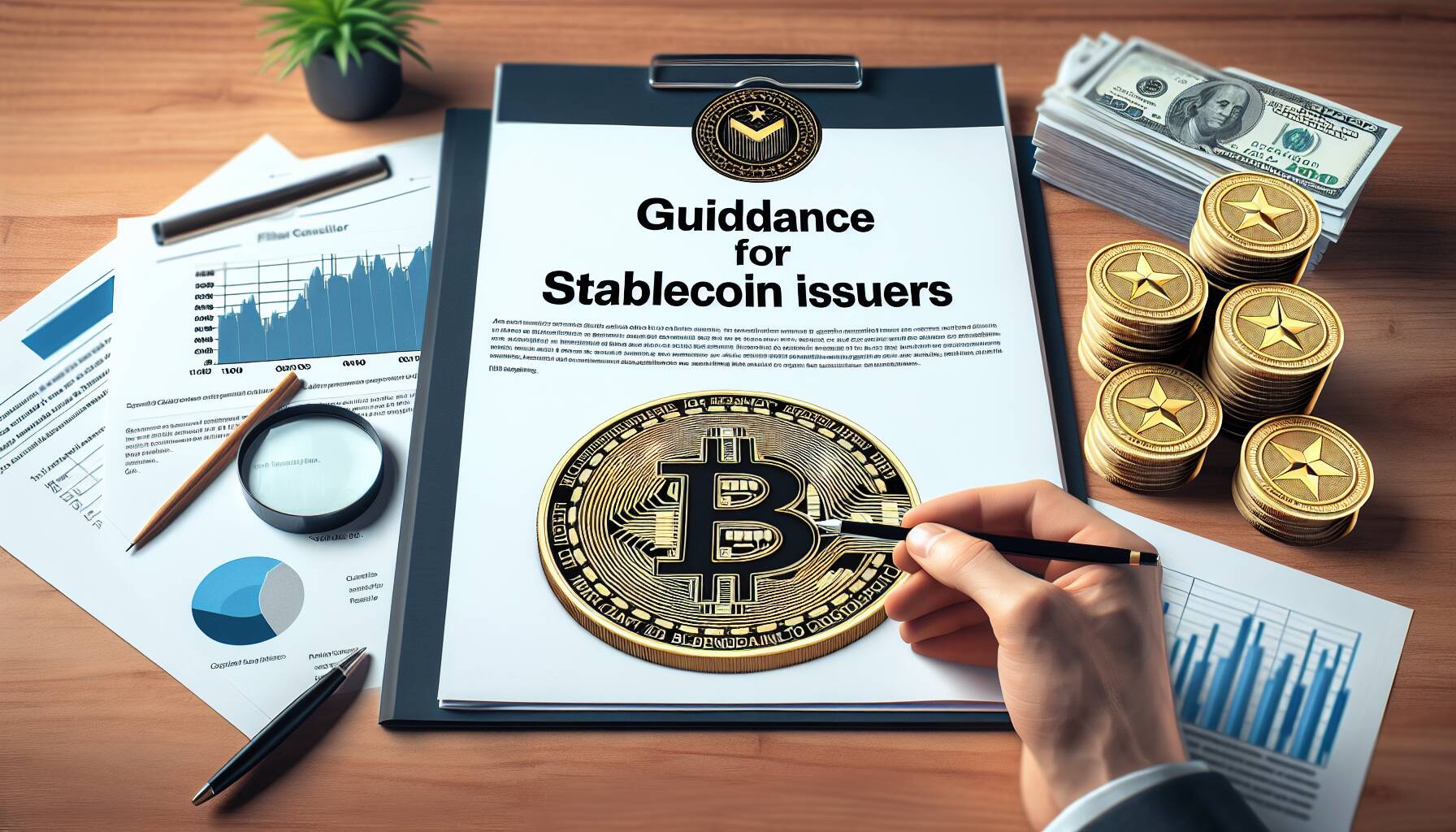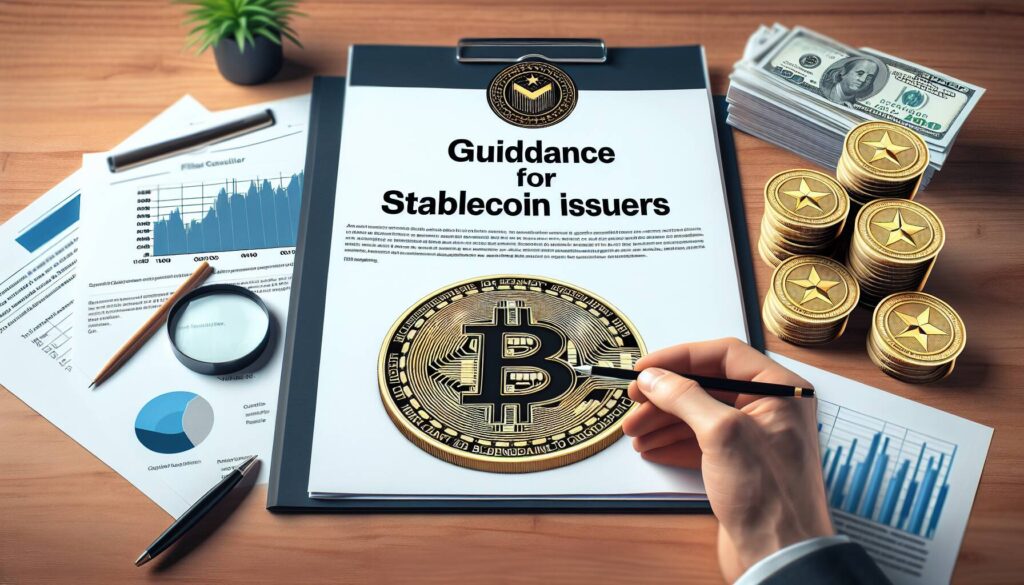The Hong Kong Monetary Authority (HKMA) has unveiled crucial guidance for firms eager to enter the booming stablecoin market. Announced on Tuesday, this framework establishes stringent standards for capital, reserves, governance, and technology that must be met by stablecoin issuers. These digital assets, designed to maintain value by pegging to traditional currencies or other assets, are set to be regulated under this new regime, which will come into effect on Friday.
Currently, around 40 firms are lined up to apply for a stablecoin license, although initial approvals are expected to be limited to fewer than 10. HKMA CEO Eddie Yue has cautioned companies against excessive optimism, particularly those not directly involved in stablecoins. The authority emphasizes a cautious approach, particularly in areas concerning money laundering and compliance, reflecting ongoing concerns in the cryptocurrency landscape.
The HKMA has stressed that any licensed stablecoin issuer must prove its capability to effectively mitigate money laundering risks. This includes a requirement to verify the identity of all stablecoin holders, regardless of their customer relationship with the issuer, unless alternative verification methods by third parties are used.
Furthermore, the HKMA’s push for regulatory clarity follows the passing of a legislative framework in May and aligns with Hong Kong’s broader licensing regime for cryptocurrency companies initiated last year. As the region’s regulatory landscape continues to evolve, HKMA is committed to reassessing these measures to ensure they remain effective. Interested stablecoin issuers are encouraged to prepare their applications by the end of September, with the expectation that licenses may start being issued early next year.

HKMA Guidance on Stablecoin Licensing
The Hong Kong Monetary Authority (HKMA) released new guidelines for stablecoin issuers impacting the digital asset market.
- Strict Standards: Guidance outlines capital, reserve, governance, and technology standards for stablecoin issuers.
- Money Laundering Rules: Issuers must effectively mitigate money laundering risks; verification of stablecoin holders’ identities is mandatory.
- Transitional Measures: Rules include transitional measures for existing stablecoin issuers in the market.
- Licensing Timeline: The licensing regime will take effect shortly, with applications expected to open soon.
- Caution Advised: HKMA CEO cautioned firms against undue excitement about the new regime, emphasizing a selective approval process.
- Application Preparedness: Issuers are encouraged to be fully prepared to apply by the end of September.
- Limited Approvals Initially: Initially, less than 10 of the 40 expected applications may get approved.
Impact on Readers: Understanding these guidelines is crucial for businesses considering entering the stablecoin market, as compliance with regulations can significantly influence their ability to operate legally in Hong Kong.
HKMA’s Stablecoin Licensing Guidance: A Competitive Analysis
The recent issuance of guidance by the Hong Kong Monetary Authority (HKMA) regarding stablecoin licensing is poised to shape the future of digital assets in the region. This approach, prioritizing stringent capital requirements, robust governance, and advanced technological standards, highlights an emerging competitive landscape for stablecoin issuers. While some firms stand ready to adapt, the regulatory framework may present hurdles that are not easily surmountable.
One significant advantage of HKMA’s approach is its potential to establish Hong Kong as a global hub for compliant stablecoin operations. By ensuring that only those firms that can convincingly demonstrate their ability to mitigate risks, particularly around money laundering, are granted licenses, the HKMA is curating a marketplace that upholds integrity and instills trust among users. This could greatly benefit conscientious issuers that have invested in compliance infrastructure, as they are likely to emerge as leaders in a market characterized by regulatory certainty.
On the flip side, the rigorous admission criteria may disadvantage innovative startups or smaller players lacking the necessary resources to meet such high standards. Many of these firms may find themselves sidelined in a fast-evolving tech landscape, stifling innovation in some quarters. Additionally, with only an estimated ten applications expected to be approved initially, a bottleneck effect may occur, obstructing industry growth and potentially driving talent and investment toward regions with more lenient frameworks.
The implications of the HKMA’s regulations extend beyond the issuers themselves. Financial institutions and traditional banks looking to integrate stablecoin services may face challenges adapting to the new requirements, resulting in delayed adoption of blockchain technology within established financial structures. Conversely, established players who can navigate these regulations effectively might uncover lucrative opportunities to expand their service offerings and capture a significant market share.
In essence, the HKMA’s guidance can spur positive developments for those willing to meet its challenges while posing considerable obstacles for those unable or unwilling to align. As the landscape evolves, stakeholders will need to remain agile and proactive in responding to regulatory updates, ensuring they harness the advantages while mitigating the implications of these new guidelines.
















